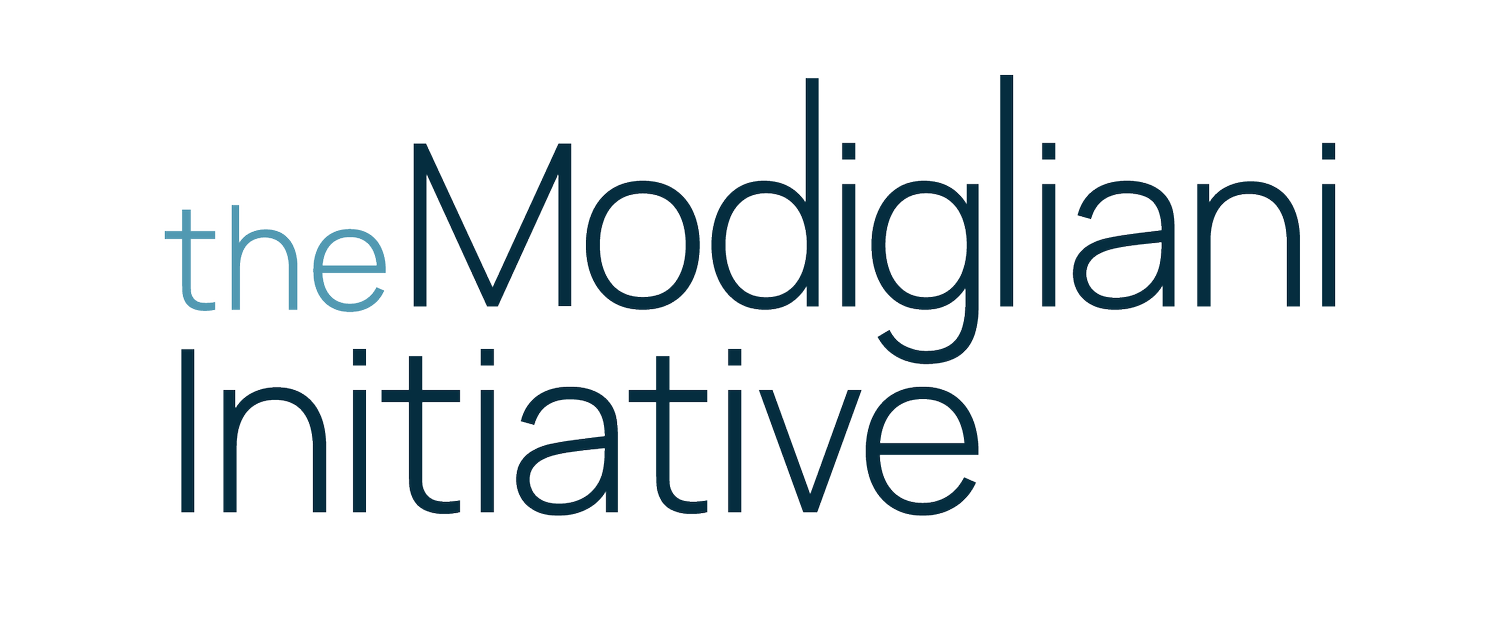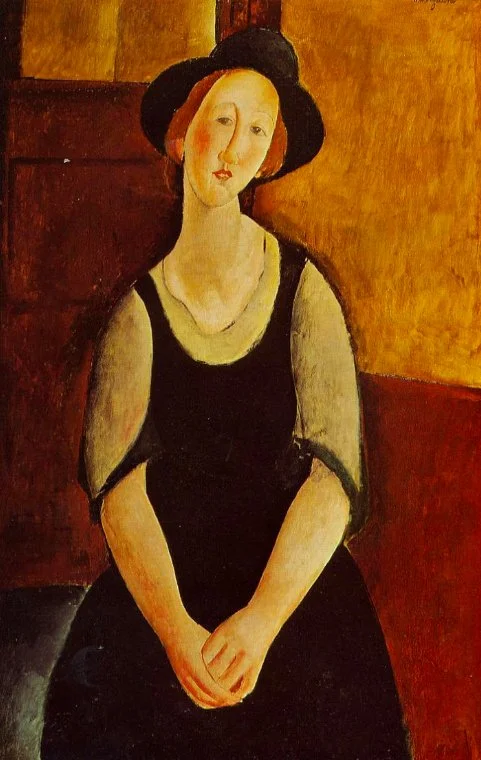How Do You Solve a Problem Like Modigliani?
Self-Portrait, 1919. Museu de Arte Contemporânea da Universidade de Sâo Paulo
March 28, 2023
A persistent problem continues to surround the legacy of Amedeo Modigliani, one that emerged soon after his untimely death in January of 1920 at the age of 35. The ensuing acceleration in demand for the artist’s paintings was almost immediately met with a steady influx of forgeries, highlighting the necessity of a formal catalogue of Modigliani’s complete body of work. No less than five different versions have been produced, but none so far has satisfactorily resolved the extent of the artist’s oeuvre. [1]
To date, the most widely accepted account was published in 1970 by the Italian author Ambrogio Ceroni. While acknowledged by Ceroni to be incomplete, plans for further updates were cut short by his death later that year. The Ceroni catalogue has nevertheless remained the reference of choice for both the art market and scholars, despite its inaccuracies and omissions. To a great extent this is because later (as well as earlier) publications by other authors have been largely discredited for their lack of rigor and overly generous inclusion of works without convincing justification.
Catalogue raisonné authors are required to make subjective judgment calls, but the traditional lack of peer review and transparency in the criteria used to include or exclude works from Modigliani catalogues have left the art world skeptical of any new efforts that follow the same formula. The resulting stance taken by the art world to rely by default on a catalogue that is now over 50 years old presents a dual problem: inauthentic works continue to circulate in the market, while works that compare favorably to current authenticity criteria are not being considered, for the mere fact that they were omitted from Ceroni’s catalogue.
The recent Modigliani: Up Close exhibition at the Barnes has taken an important step forward in presenting a promising alternative to reliance on the perhaps outdated model where decisions on authorship are typically reached behind closed doors. In an unprecedented feat of collaboration, curators, conservators, and provenance researchers representing the Barnes and other leading international institutions joined forces to present the most complete technical analysis and documentation to date of the works exhibited, including four portraits that are not included in the Ceroni catalogue. One of these, Portrait of Thora Klinckowström (Fig. 1), is elaborately described in the autobiography of its model [2], and further supported by two known preparatory drawings. [3]
(Fig. 1) Portrait of Thora Klinckowström, 1919. Descendants of Evelyn Sharp
Without drawing final conclusions about the four “non-Ceroni” works, the curators initiated a productive conversation in full public view, incorporating new findings from the latest scientific analyses and evaluating evidence from the more traditional approach of provenance research and stylistic analysis. This transparent process of critical examination provides the most credible model for constructing a much-needed consensus on a larger body of the artist’s work, and ultimately on his complete oeuvre.
The Barnes example has already given the impetus to additional institutions to (re)examine their Modigliani paintings, including those that were omitted by Ceroni. Now is an opportune time for the formation of an ongoing Modigliani scholars forum to continue this collaborative and critical reexamination of all Modigliani works, regardless of Ceroni’s determination.
The Modigliani Initiative supports this ongoing scholarly investigation by sharing our extensive records with institutions that include Modigliani paintings in their collection, in advance of our database’s online publication. Our already substantial Database of Modigliani paintings, which includes documentation of provenance, exhibition history, and literature references for each work, will now also incorporate the new technical data generated by the latest scientific studies, recently published in exhibition catalogues and scholarly journals.
In an effort to foster continued scholarly dialogue, this spring we will launch Modigliani: Reconsidered, a series of essays that considers newly discovered provenance, literary references, and exhibition information. New questions will undoubtedly be raised, but these can become a starting point for further conversation among scholars.
Over a century after the artist’s death, “The Modigliani Problem” can be solved by the willingness to engage in transparent collaboration across disciplines. The integrity of Modigliani’s legacy depends on it.
Endnotes
For a comprehensive discussion on this topic, see Anna Ceroni and Simonetta Fraquelli, “The catalogues raisonnés of Amedeo Modigliani,” Burlington Magazine 160, no. 1380 (March 2018): 189–95.
Thora Klinckowström Dardel, Jag for till Paris (Stockholm: A. Bonnier, 1941), 14–16.
Two drawings related to the portrait are in the collection of the Statens Museum for Kunst, Copenhagen: Portræt af friherreinde Thora Hamilton, født Klinckowström, tidligere gift med maleren Nils Dardel. (both share the same title). See the online records here: 1 and 2.
The Modigliani Initiative



